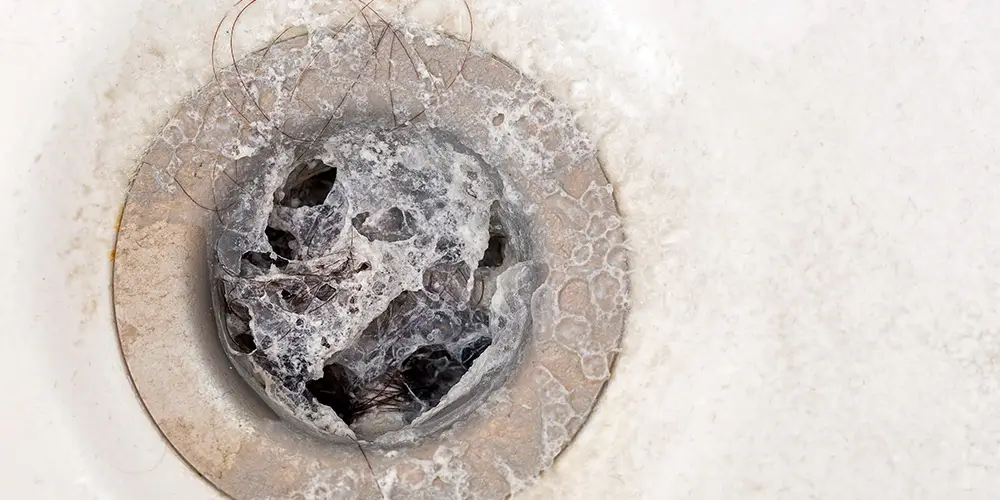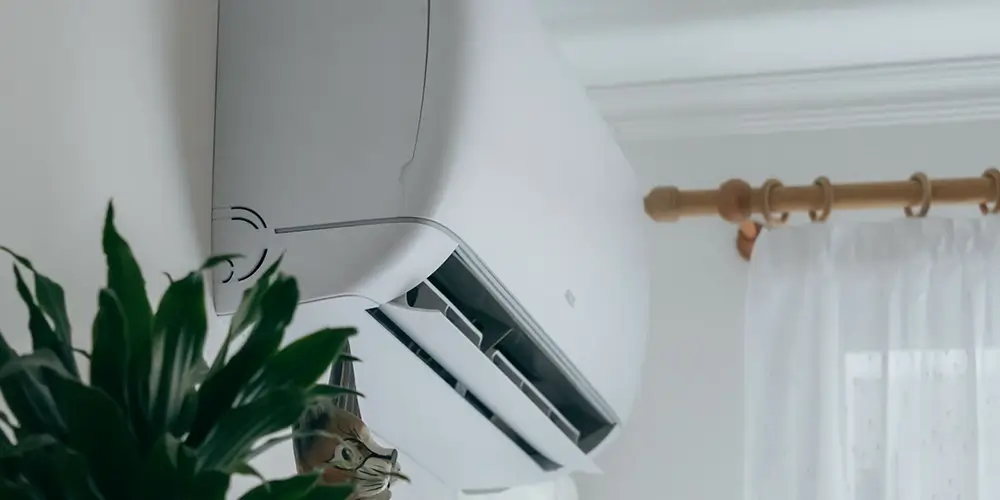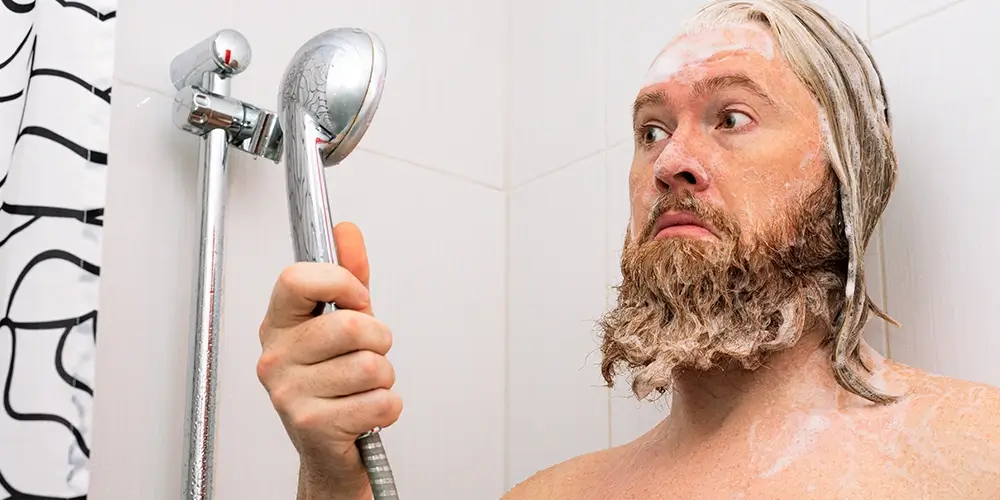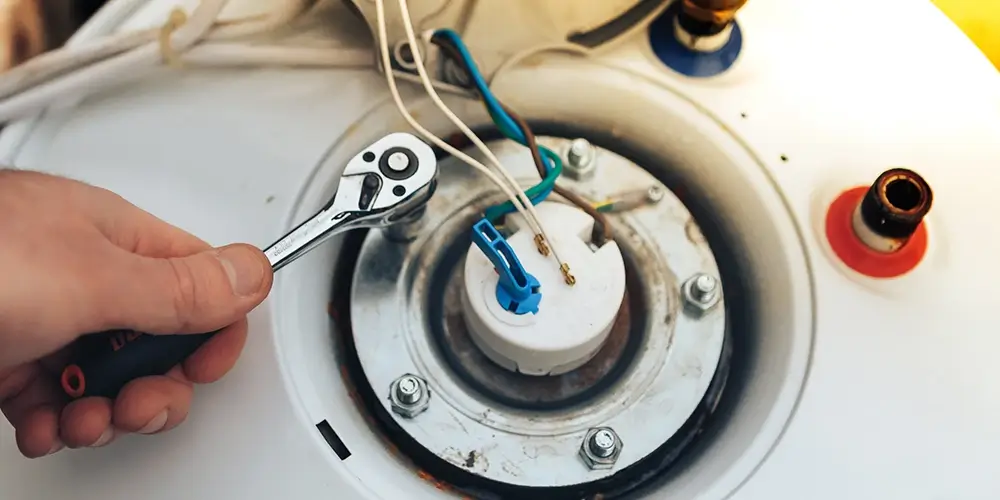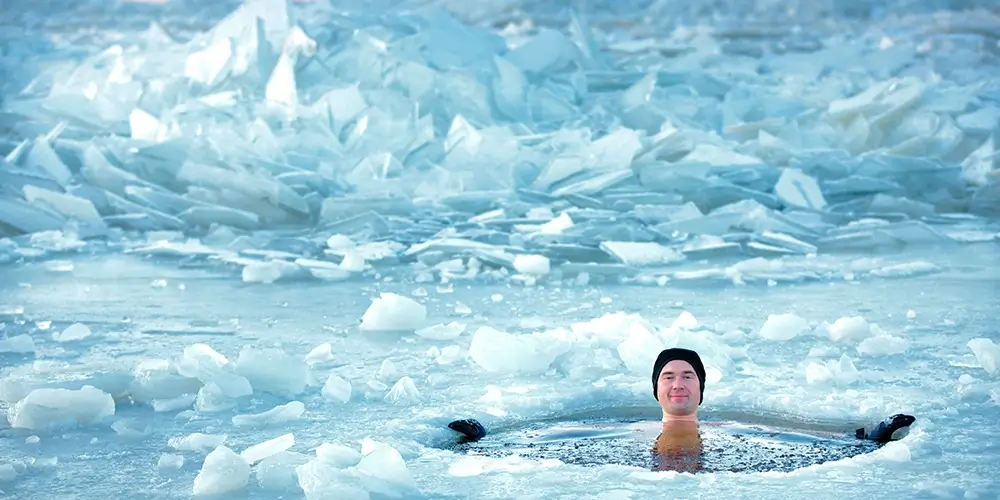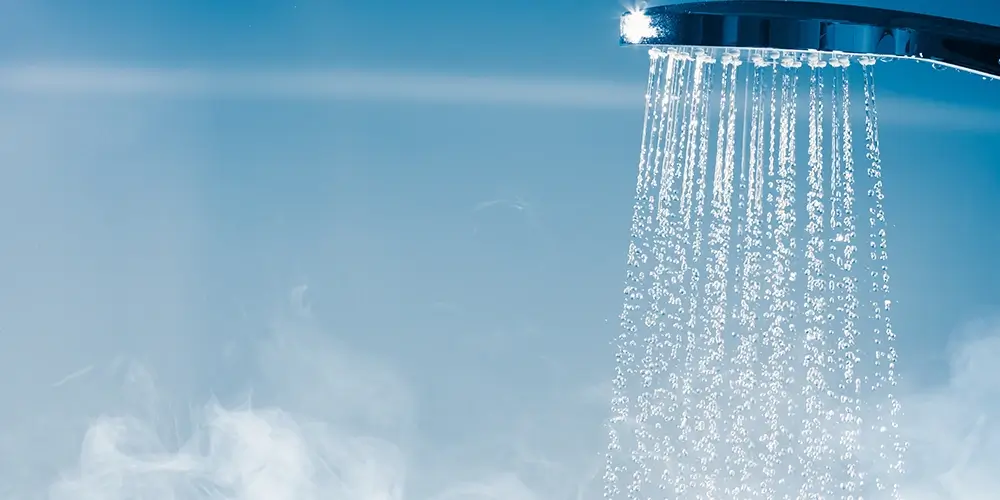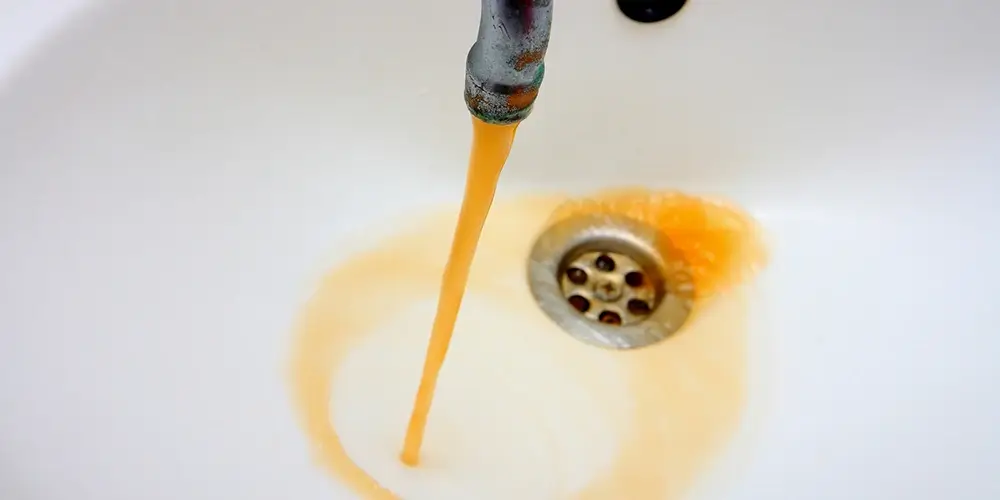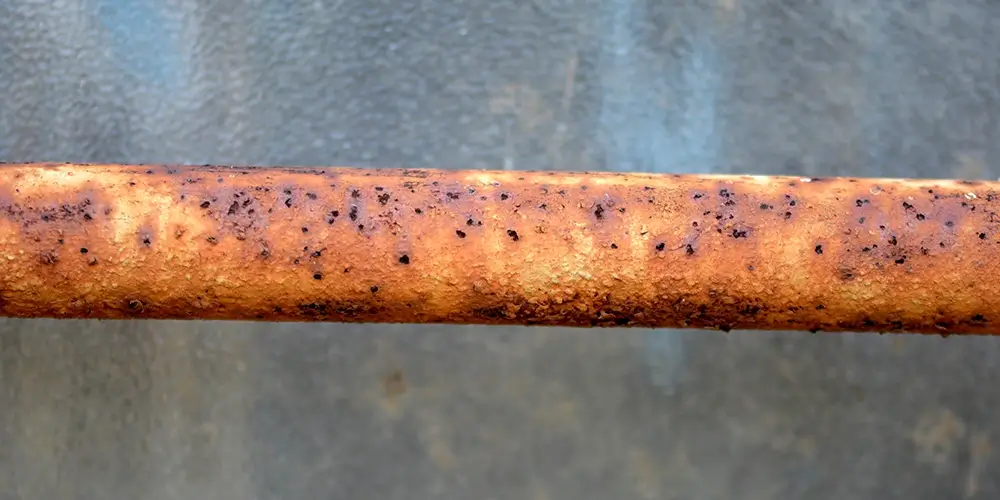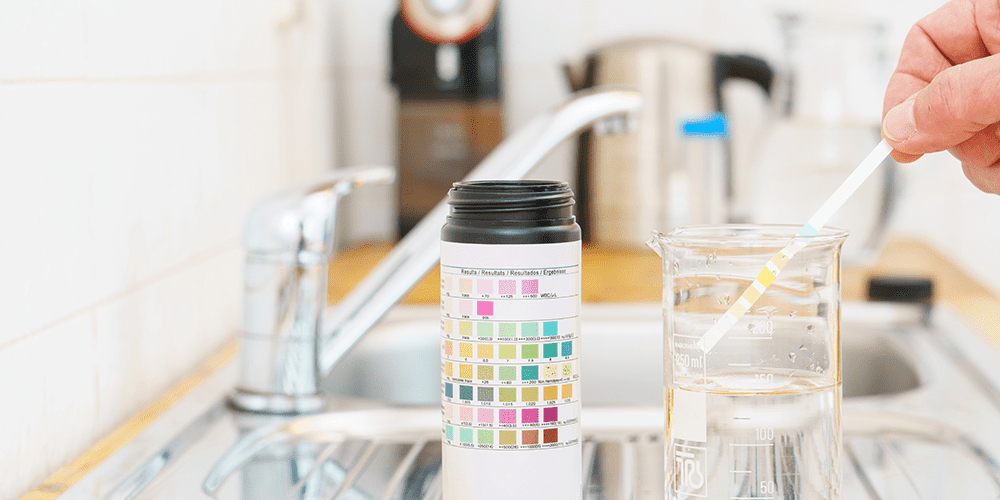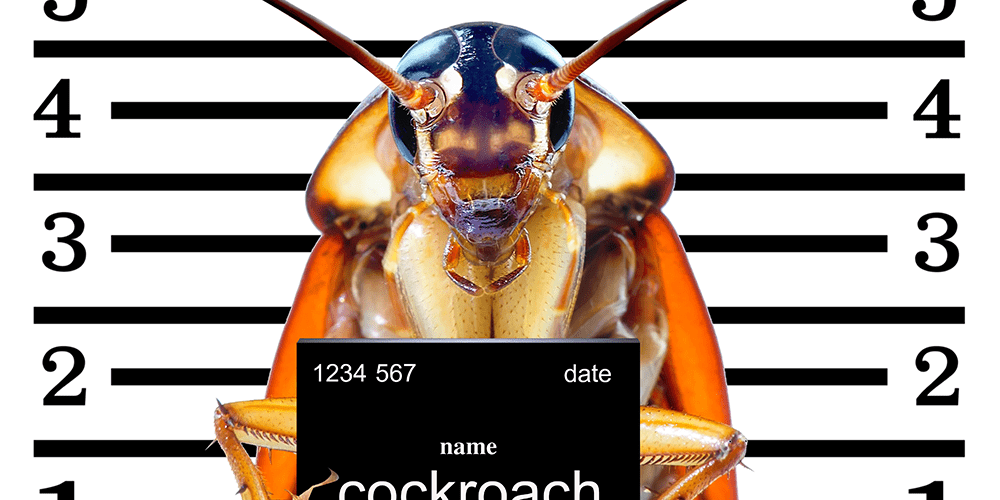All Things Plumbing & HVAC: The Orange Coast Plumbing Blog
Need to know what’s an emergency and which problems can wait? Which problems you can solve DIY? The Orange Coast Plumbing blog helps you understand common plumbing, heating, and air conditioning issues.
There’s nothing like a slow drain to put a damper on a refreshing shower.
Worse, the water may not drain at all — it just sits in the bottom of the tub.
Fortunately, a clogged shower drain is usually an easy fix.
Ductless mini-split air conditioners rely on the same underlying technology as central ACs. However, they utilize that technology differently. First, as their name implies, they are not tied into a system of ducts. Instead, they connect directly to their own, non-ducted components. The evaporator and air handler sit in a unit attached to the wall or mounted in the ceiling. The compressor/condenser part of the system lies outside. Some mini-splits, called single-zone units, utilize completely separate components for each room. However, other setups feature multi-zone units, which use a single compressor/condenser for multiple rooms.
Wim Hoff loves his ice baths, but most people prefer to see the steam rise before they step into the shower. So, it may be time to investigate when the shower head spits out water at the temperature of summer rain.
The first place to look is the water heater (surprise!). Is it between 120 and 140 degrees Fahrenheit (140 being the maximum safe temperature)? If not, turn up the dial.
Have you noticed a puddle near your water heater? That’s never a good thing.
Most water heaters last about 10 to 15 years, even with proper maintenance. And Orange County’s hard water can shorten the life of any appliance exposed to it.
But before you start shopping around for a new heater or even call the plumber, do a bit of DIY troubleshooting. Can you pinpoint the source of the leak?
As odd as it sounds, if the leak comes from the top, you’re in luck.
Water heaters don’t make popping noises when they’re working as designed.
That popping and crackling comes from exploding particles. Particles of what, exactly?
Particles of sediment. Scale and lime deposits.
The seemingly clear water from your tap is chock full of minerals.
Water heaters should be set to about 120 degrees F. Anything higher carries the risk of scalding at the other end of the pipe.
If 120 degrees seem low, it is — for a bacterium. For humans, it’s more than enough for showers, dishes, and other household tasks where hot water is involved.
Sulpher bacteria thrive in that hot but not-too-hot environment, pitch their tents, and propagate. They have nothing better to do.
Cold showers are great for brown fat activation and controlling inflammation.
They’re not so great for comfort (unless you’re Wim Hof) or keeping the peace in the family.
Standard water heaters last an average of 7-10 years. Their performance often declines as they reach the 10-year mark.
A plumber can give you the lay of the land, report on the condition of your hot water system, replace your water heater if need be, and repair anything that needs fixing — including leaky hot water pipes.
Hot water’s great for coffee, not for baths.
Scalding hot tap water is dangerous, especially for children and seniors. 120 degrees Fahrenheit is the safety recommendation against scalding baths, but 140 degrees is the standard default setting on most water heaters.
Even 120 degrees is too warm for baths; anything over 111.2 degrees puts people and pets at risk. Steam from the bathwater or shower indicates you should turn it down a notch.
When your tap water tap takes on a rust-brown shade, your first reaction might be shock, the second disgust, and the third horror.
Yes, orange water happens, especially in older homes, and if you’re reading this blog, it has probably happened to you.
But is the water safe to use? What should you do about it? Who is responsible? You or the city?
You wouldn’t drink water from a dirty glass grubby straw.
Yet, who knows what’s in your water when it passes through cracked and corroded pipes?
Damaged pipes are a gateway for contaminants, including lead, sediment, and even legionella bacteria. They seep into your water supply and wind up in your drinking glass.
Home improvement stores and online retailers sell inexpensive water-testing kits that measure chemical components like heavy metals (lead and arsenic), pH levels, and chlorine or other disinfectants used by treatment facilities. Some advanced tests may check for bacteria and viruses in the water sample.
If you suspect a problem with water in your home, the next step is to bring in a certified plumber to conduct more advanced tests and to look for the source of the problem. The solution may involve a simple repair, a partial repiping, or a call to your city water department. But only a plumber can point you in the right direction.
We often think about sealing cracks, proper food storage, and regular pest control measures to maintain a pest-free home. However, many homeowners overlook the role that plumbing problems play. This blog will explore how seemingly innocent plumbing issues can become a gateway for drain flies, ants, roaches, and mice to infiltrate your living space.

